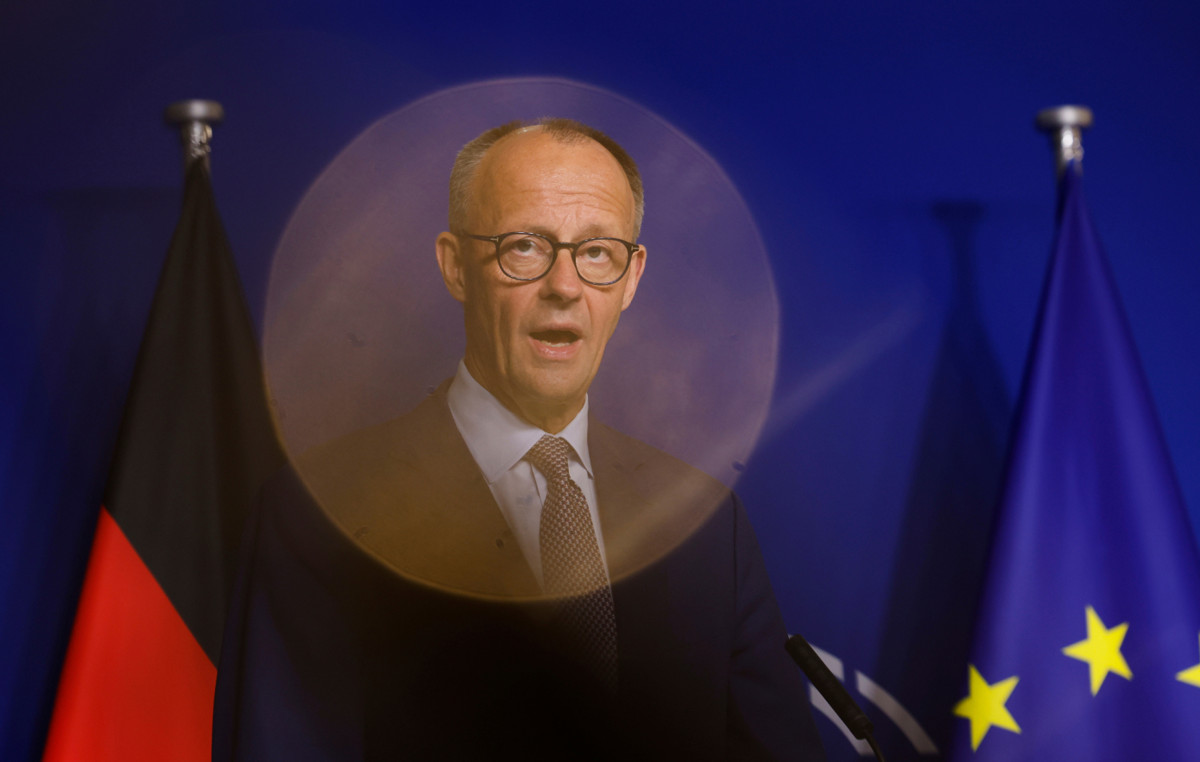Diabetes is responsible for 6.7 million deaths in 2021, one every five seconds, according to the International Diabetes Federation (IDF). According to data from the institution, more than four in five (about 81%) of adults with diabetes live in low- and middle-income countries.
The information is part of the results of the Diabetes Atlas 2021, a survey carried out periodically by the federation.
This week, the CNN Vital Signs re-presents the episode that shows the life and routine of patients diagnosed with the disease. The program, presented by cardiologist Roberto Kalil, will air this Wednesday (22), at 10:30 pm, right after the CNN Newspaper, in the prime belt of the CNN Brasil.
“Before 1921, people with type 1 diabetes had about eight months of survival,” said endocrinologist Denise Franco, director of Associação Diabetes Brasil. In the last century, the advances made by medicine in the treatment and control of diabetes are cause for celebration.
Owner Carmen Wills, 90 years old retired and one of the people with the oldest diagnosis of diabetes in Brazil, shows how it is possible to live well with the disease as long as there is adequate control.
She discovered type 1 diabetes in 1950, when she noticed symptoms of uncontrolled appetite, severe thirst and dehydration. At the time, there was only one type of insulin, rapid insulin, given before each meal. Then came the basic one, called NPH, made from pig pancreas.
“The syringe was glass, I had to boil it every time I used it and the needle was big, so the injections weren’t that smooth. We also had no way of controlling the disease, we had to collect the urine in a test tube, throw a reagent, boil it, to see what color it would remain,” he said.
According to the president of the Brazilian Society of Diabetes, Domingos Malerbi, the evolution in the treatment of the disease has allowed the development of drugs that not only reduce glucose, but also protect the kidney and heart from the effects of hyperglycemia.
Insulins today are much better than they were 50 years ago. The way of administering insulin has also changed, in the past they were glass syringes with a metal needle, today you have very modern pens, very easy to manipulate
Domingos Malerbi, president of the Brazilian Society of Diabetes
Treatments
Since 2019, the Unified Health System (SUS) has made available insulin pens, which are easy to apply and cause almost no pain.
Stem cell therapy is another treatment that has shown promising results. Physician Carlos Eduardo Barra Couri, an endocrinologist and researcher at the University of São Paulo (USP), in Ribeirão Preto, is part of a pioneering research group in the area.
“I remember when we started with the results, they talked about cures. It’s not a cure, I’d love to say it’s a cure, but without a doubt it’s an easier way to take care of diabetes”, he says.
The episode shows the clinical case of physician Renato Silveira, who was the fifth patient to undergo experimental therapy for bone marrow transplantation for the treatment of type 1 diabetes. With the procedure, he spent 11 and a half years without using insulin.
Diabetes incidence and prevention
Brazil is the fifth country with the highest incidence of diabetes, behind China, India, the United States and Pakistan. There are 16 million diabetics and it is estimated that, in 2030, the disease will affect more than 20 million Brazilians, according to the International Diabetes Federation.
According to endocrinologist Antônio Roberto Chacra, from the Hospital Sírio-Libanês, in São Paulo, the identification of diabetes is simple and can be carried out based on blood tests and routine questions.
Diabetes can be prevented and controlled through the adoption of a healthy and balanced diet and regular and moderate physical activity.
“In addition to genetic predisposition, there are two factors that are fundamental in the onset of diabetes: obesity, with inadequate nutrition, and sedentary lifestyle”, says physician Maria Elizabeth Rossi, head of the Diabetes Unit of the USP Medical School (see the interview in the video above).
Reference: CNN Brasil







